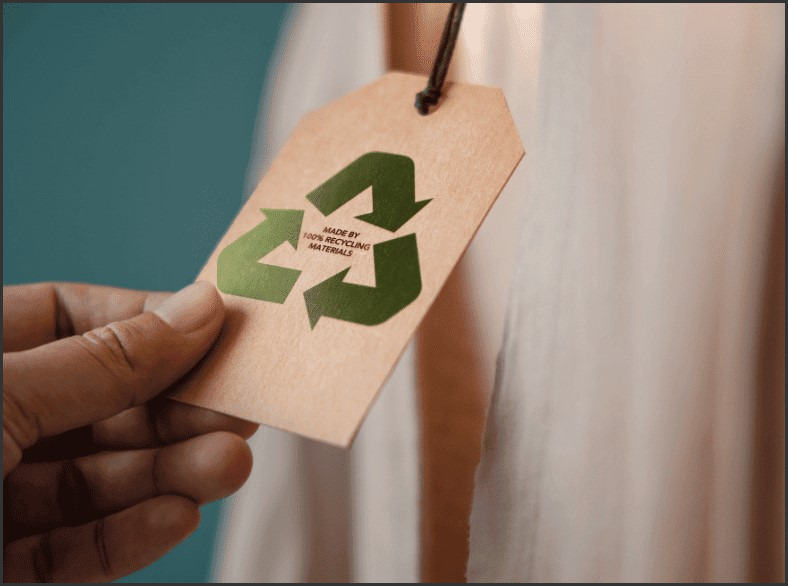Sustainable Fashion: A Stylish Revolution Towards a Greener Future

Source: brilliantio.com
In a world where environmental consciousness is more crucial than ever, sustainable fashion has emerged as a beacon of hope within the fashion industry. It represents a paradigm shift, where style meets responsibility, and the choices we make as consumers have a tangible impact on the planet. Let’s explore the essence of sustainable fashion and why it’s more than just a trend—it’s a movement towards a greener, more ethical future.
- Defining Sustainable Fashion:
Sustainable fashion is a holistic approach to clothing production, distribution, and consumption that prioritizes environmental and social responsibility. It seeks to minimize harm to the planet and promote ethical treatment of workers throughout the supply chain.
- Eco-Friendly Materials:
Sustainable fashion starts with the choice of materials. Designers are increasingly turning to eco-friendly options like organic cotton, hemp, Tencel, and recycled fabrics. These materials reduce the carbon footprint of clothing production and minimize chemical pollution.
- Ethical Production:
Ensuring fair labor practices and safe working conditions for garment workers is a cornerstone of sustainable fashion. Brands that prioritize ethics often provide fair wages, safe workplaces, and transparency in their production processes.
- Quality Over Quantity:
The fast fashion mentality, characterized by disposable clothing and constant consumption, is being replaced by a focus on quality. Sustainable fashion encourages investing in timeless, durable pieces that can last for years.
- Upcycling and Recycling:
Upcycling and recycling play a vital role in sustainable fashion. Brands and individuals are repurposing old garments and textiles to create unique, eco-friendly fashion items. This reduces waste and conserves resources.
- Local and Artisanal Production:
Supporting local artisans and small-scale producers is another aspect of sustainability. This reduces the carbon footprint associated with long-distance shipping and helps preserve traditional craftsmanship.
- Minimal Waste:
Sustainable fashion brands are working diligently to reduce waste at every stage, from design to manufacturing. Techniques like zero-waste pattern-making and using excess fabric for other products are becoming increasingly common.
- Transparency and Accountability:
Many sustainable fashion brands are committed to transparency. They provide information about their supply chain, sourcing practices, and the environmental impact of their products, allowing consumers to make informed choices.
- Consumer Empowerment:
As consumers become more conscious of the impact of their fashion choices, they are driving change within the industry. By supporting sustainable brands and demanding transparency, consumers are empowering ethical fashion practices.
- A Stylish Future:
Sustainable fashion isn’t about compromising on style; it’s about redefining it. From chic eco-friendly designs to unique upcycled pieces, sustainable fashion offers a diverse range of stylish options for conscious consumers.
Conclusion:
Sustainable fashion is more than a passing trend; it’s a powerful movement reshaping the fashion industry’s landscape. It embodies the idea that fashion can be both stylish and environmentally responsible, and it empowers consumers to make choices that align with their values. As we continue on this journey towards a greener future, sustainable fashion serves as a reminder that our clothing choices have the power to create positive change in the world—one stylish, eco-conscious outfit at a time.





